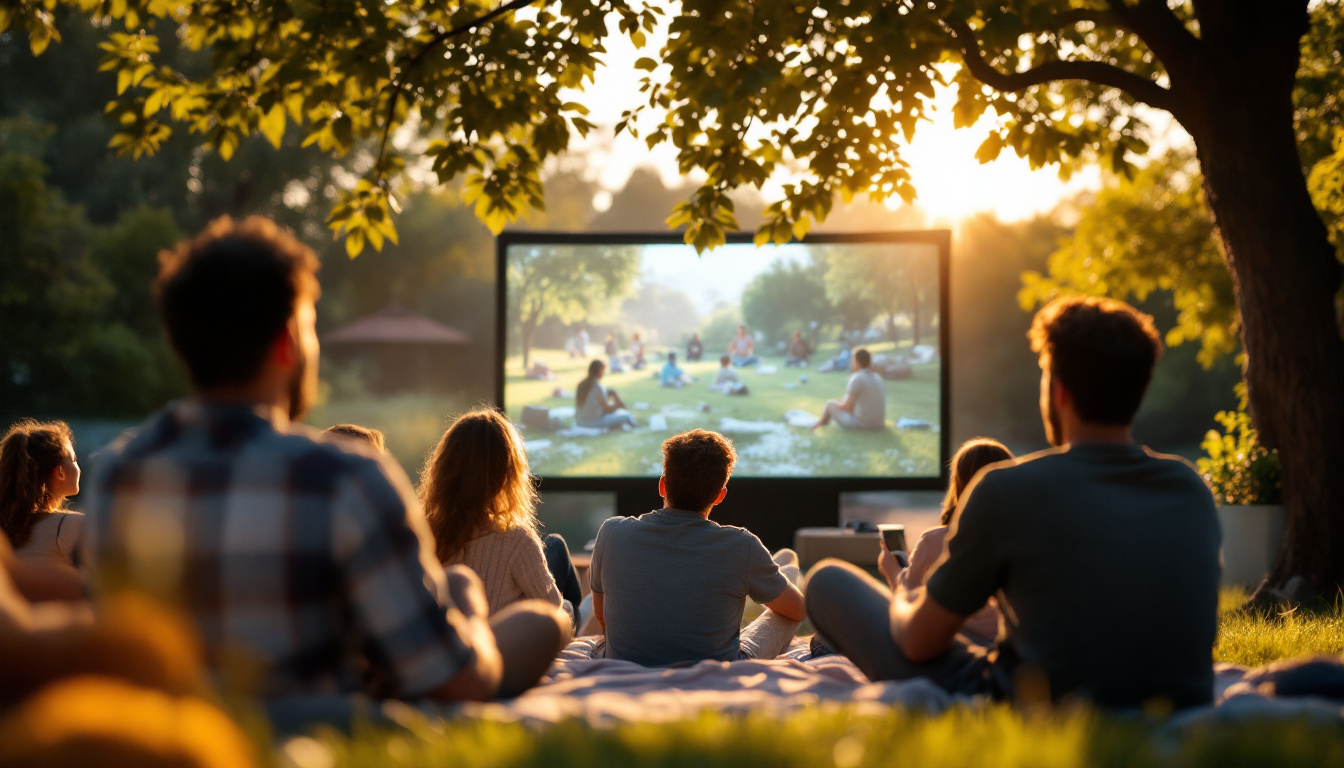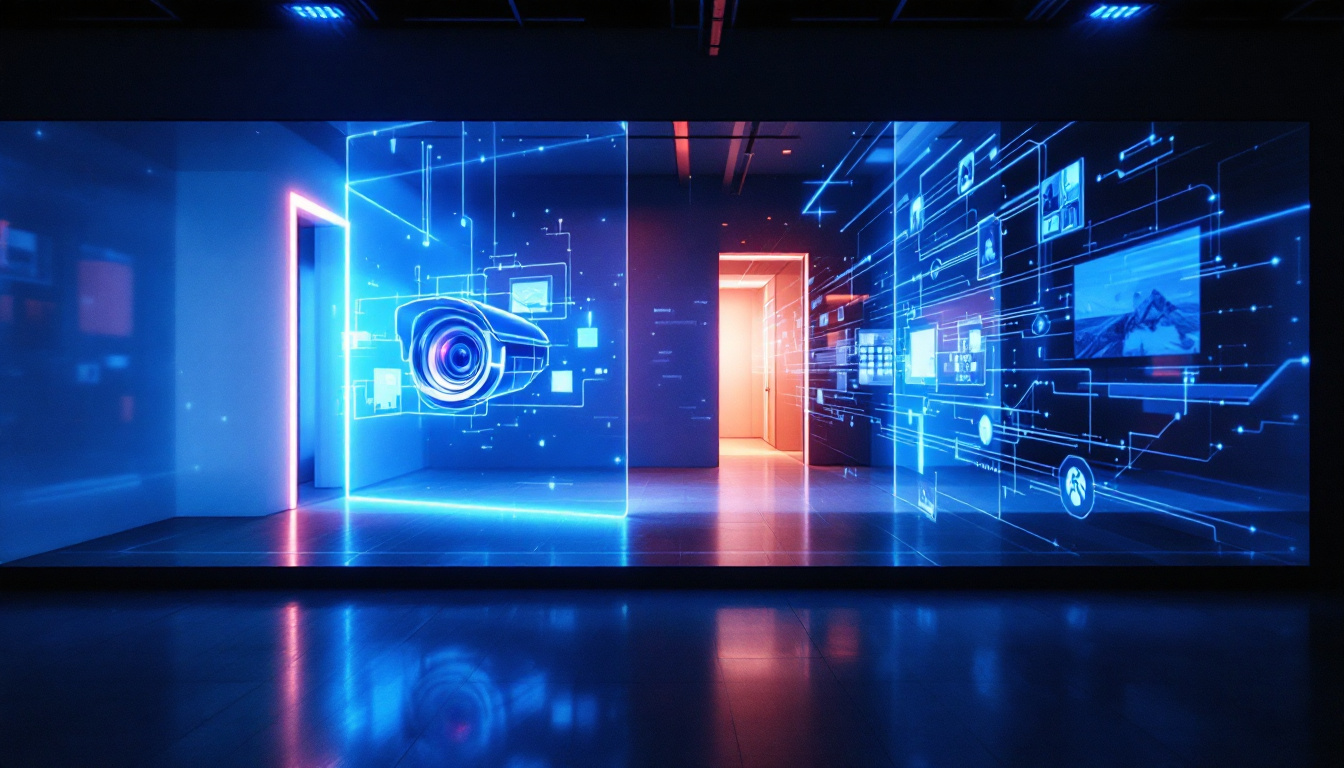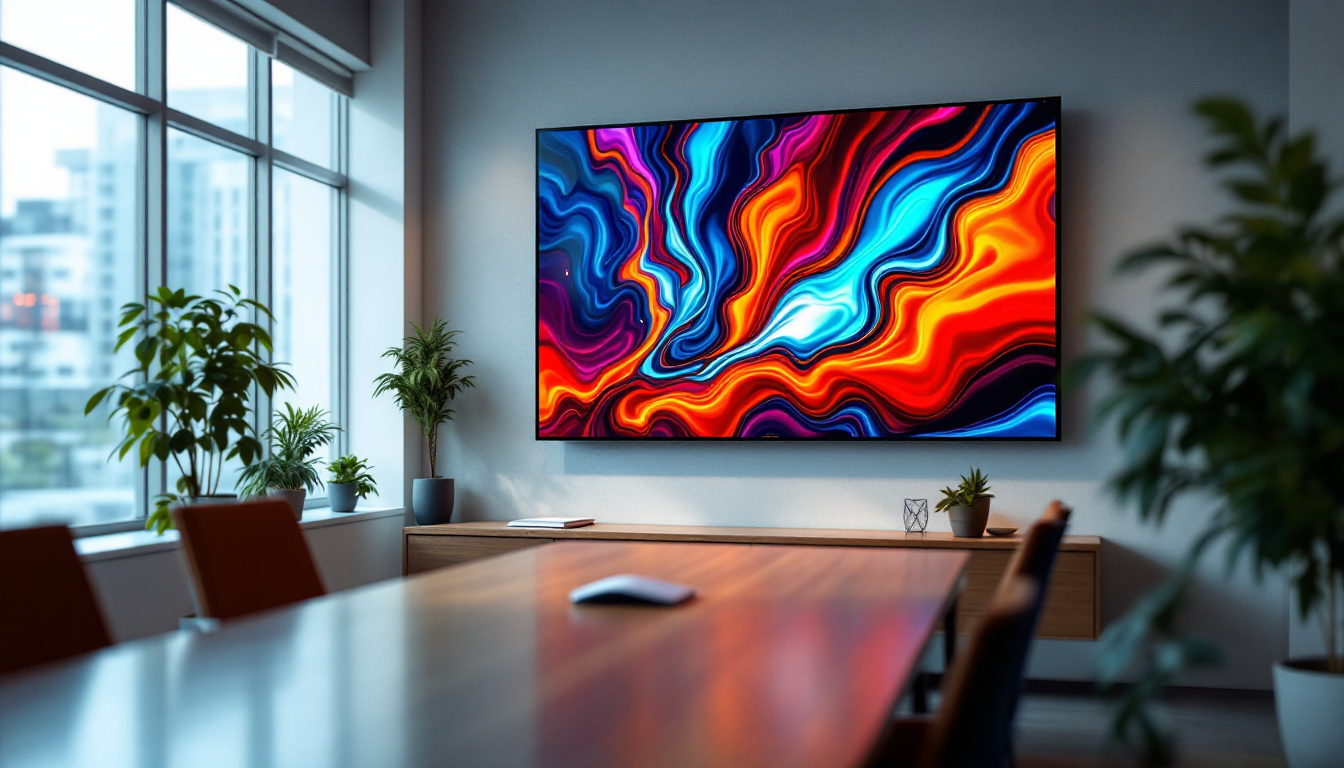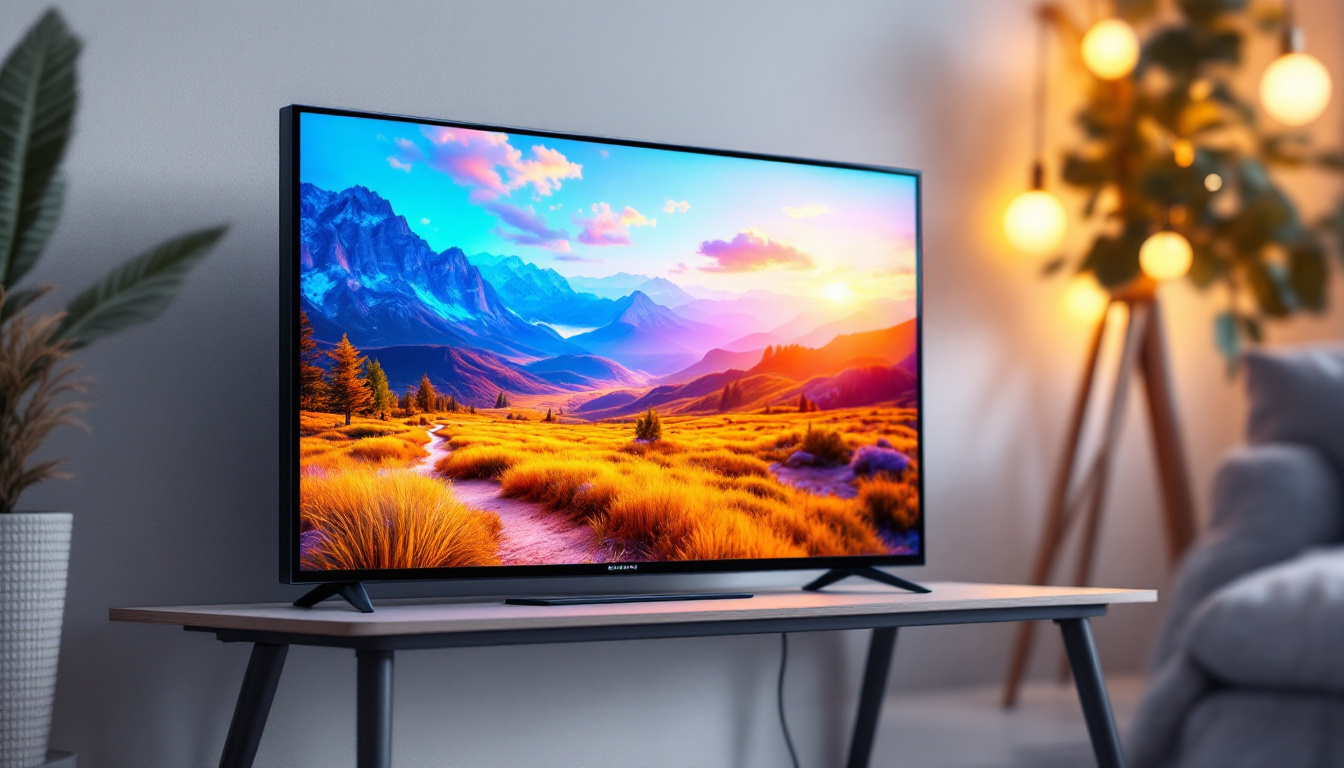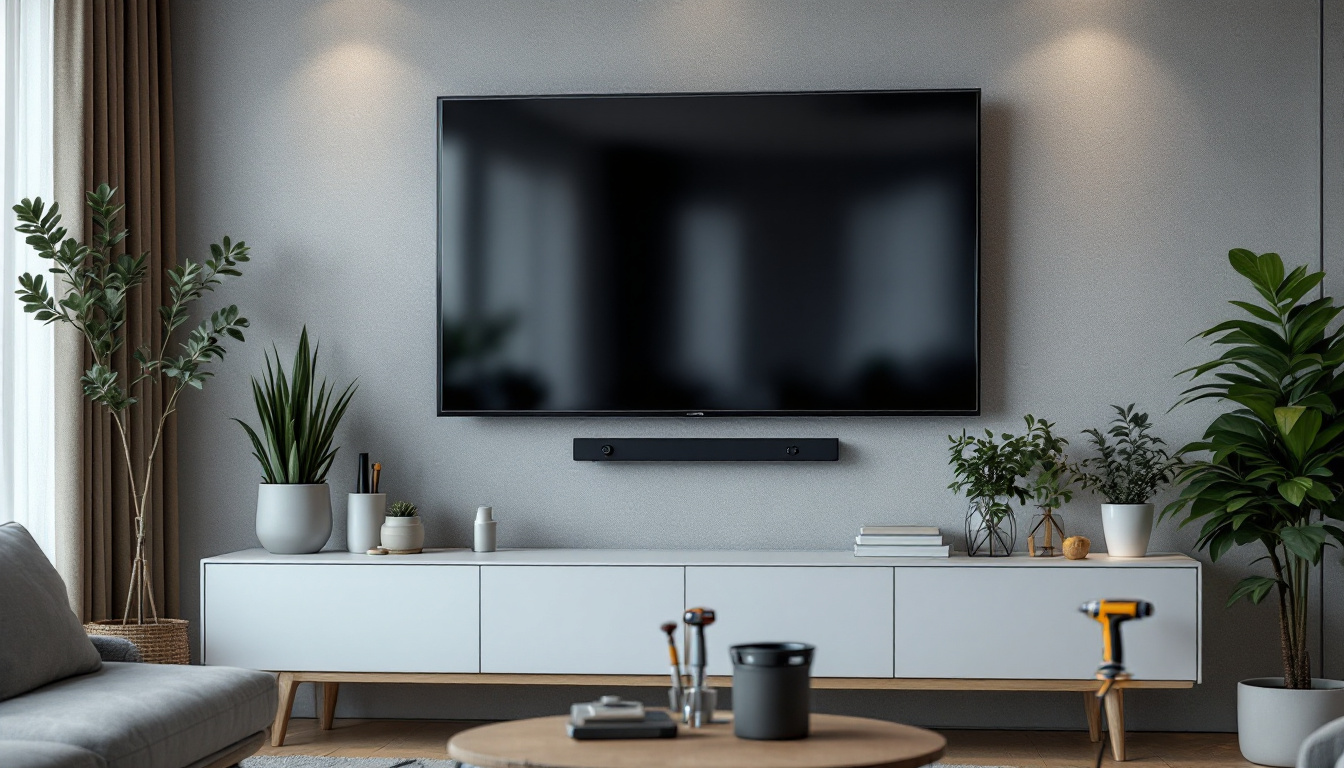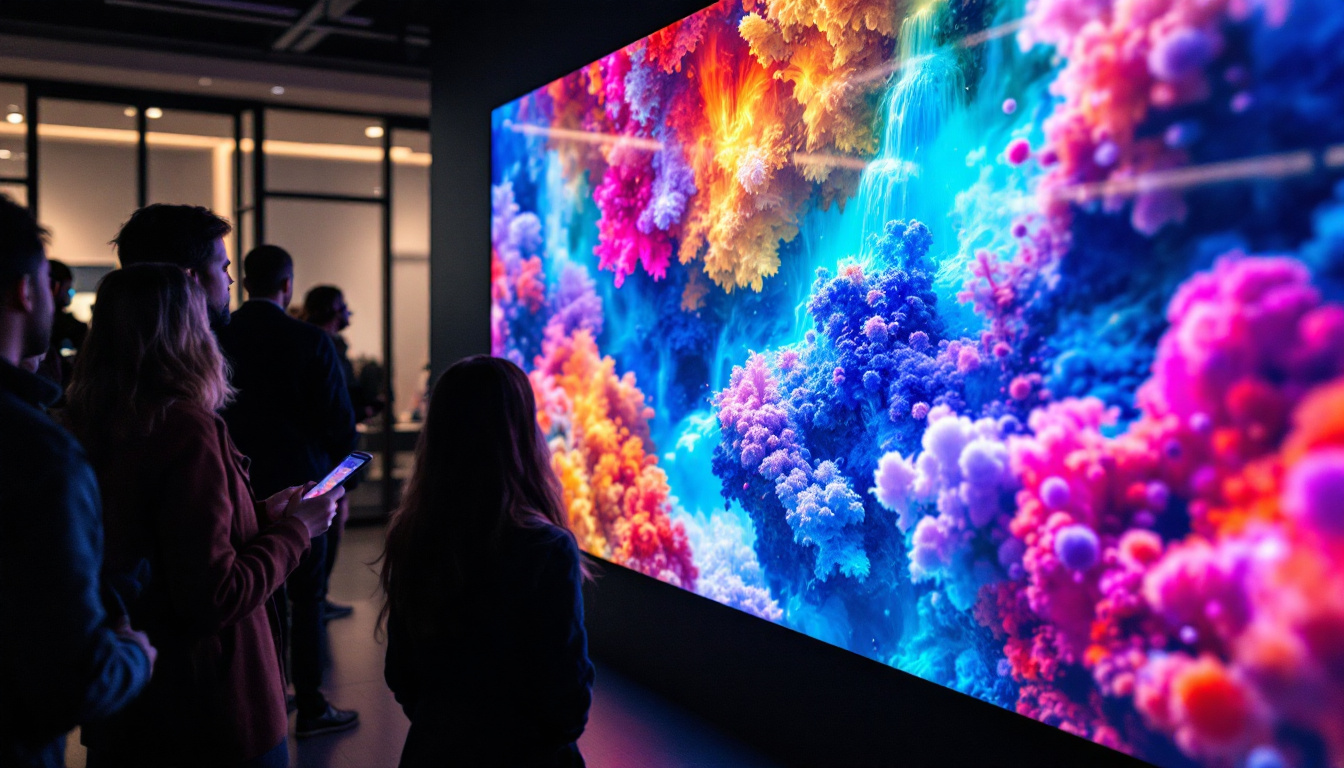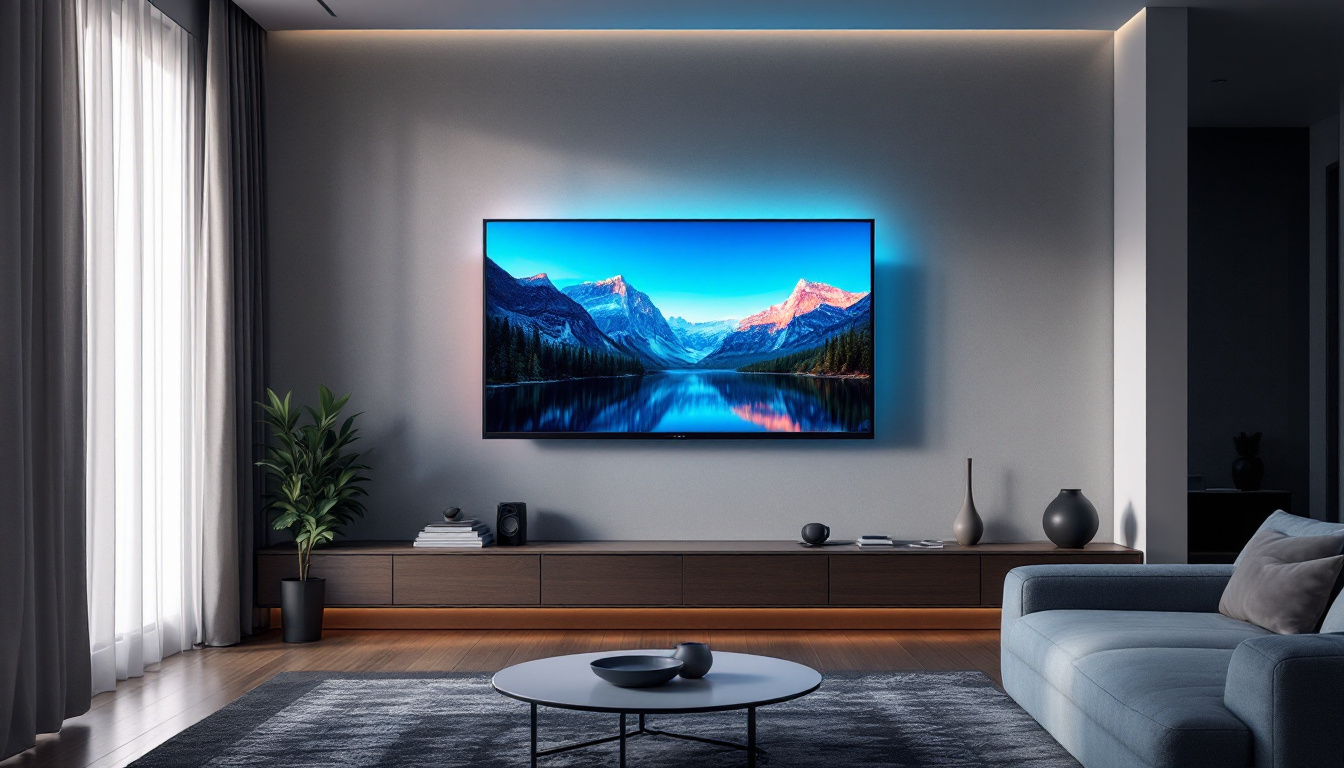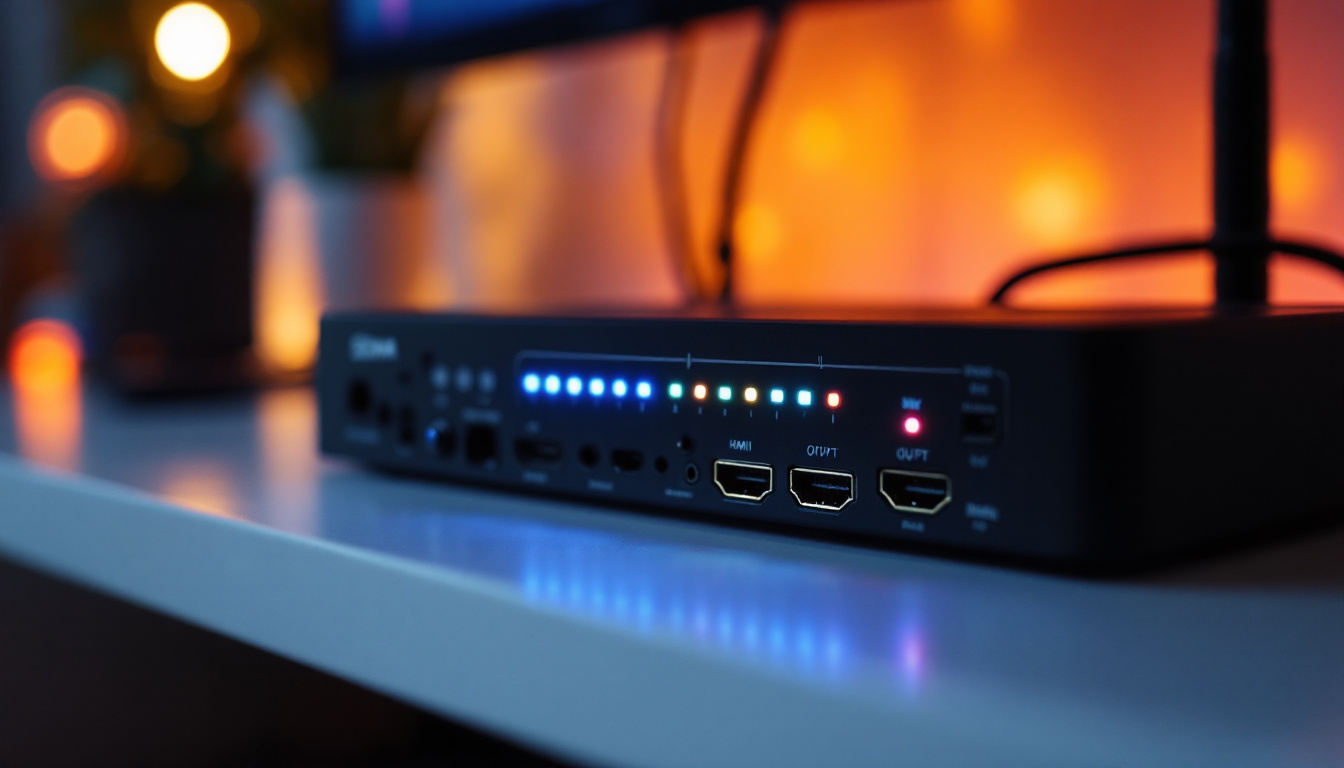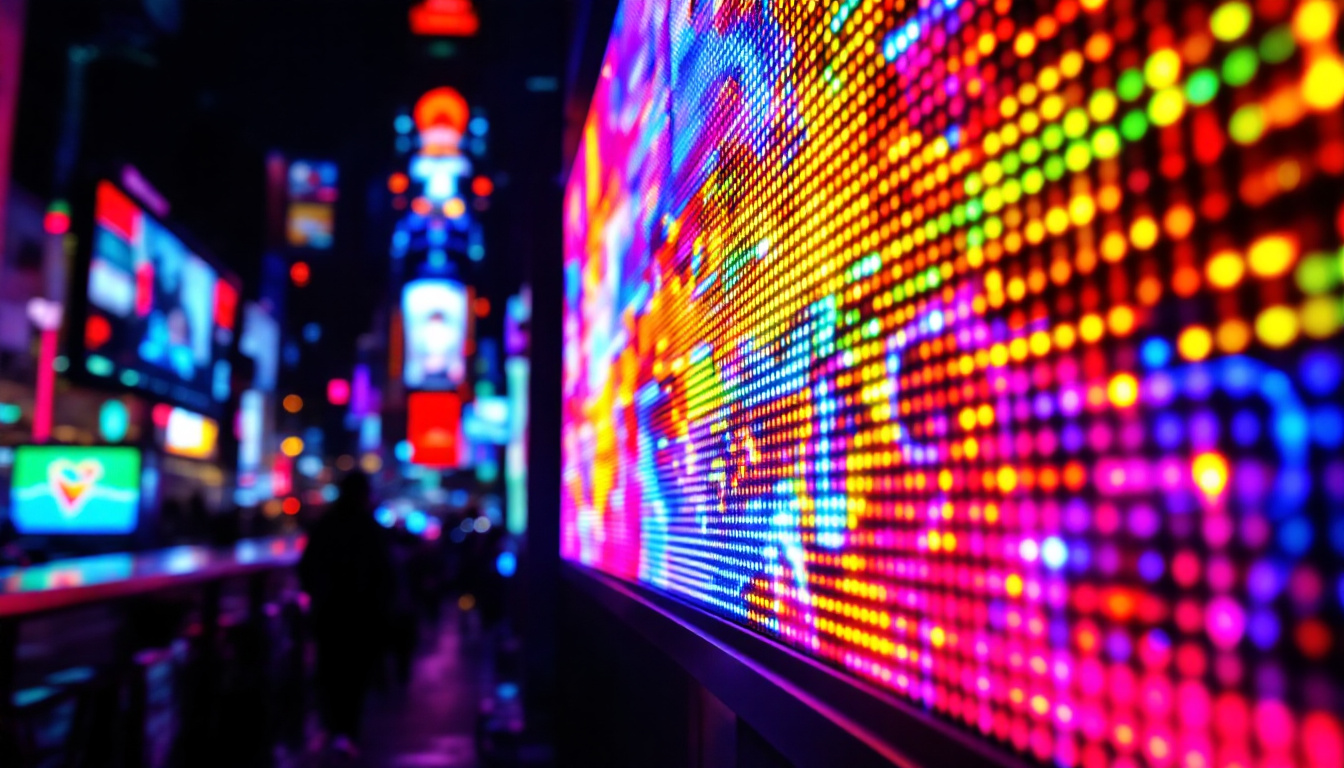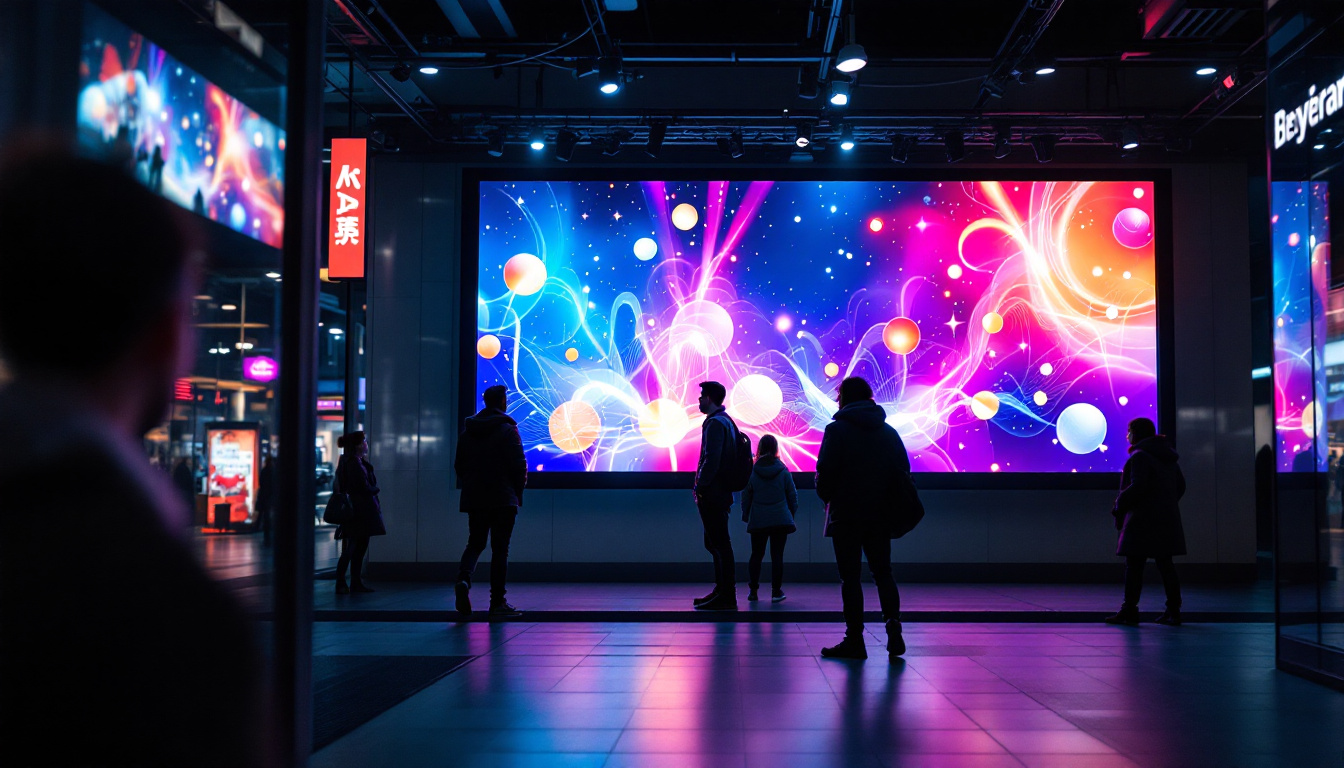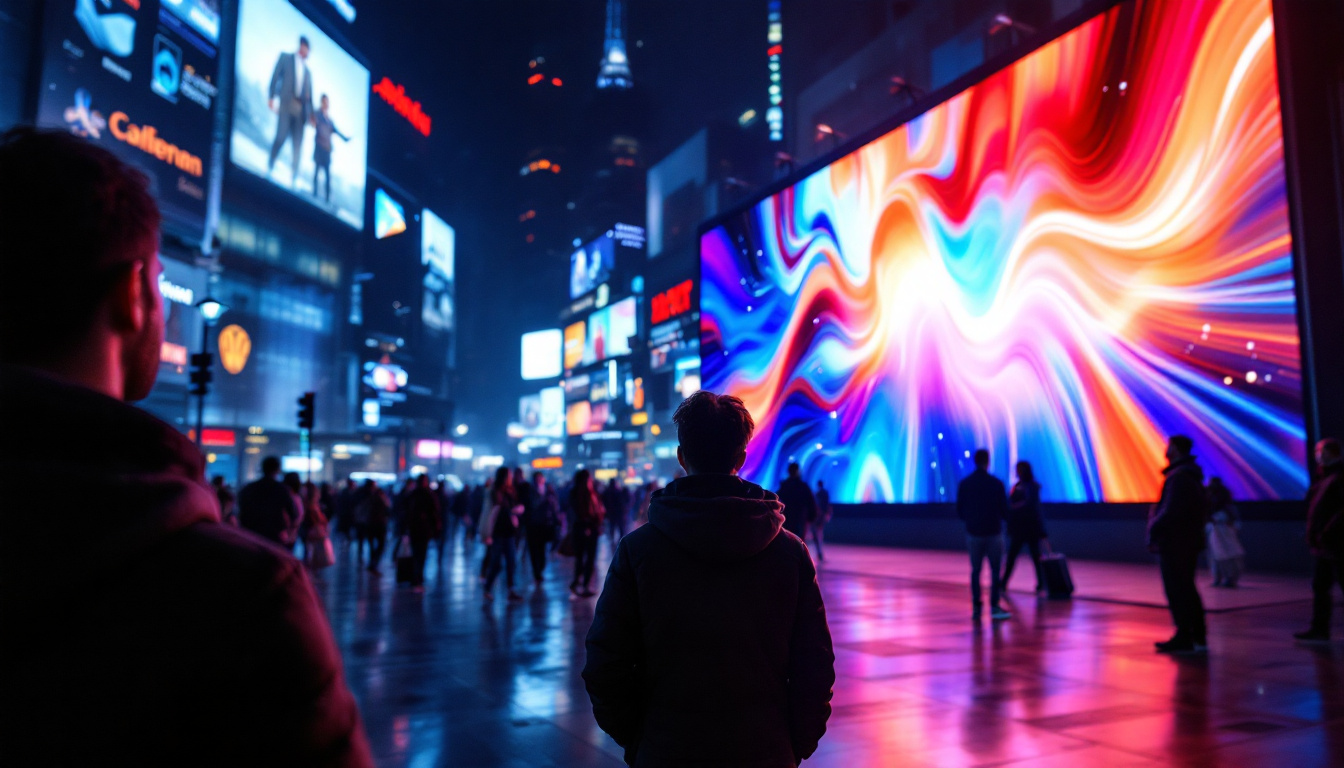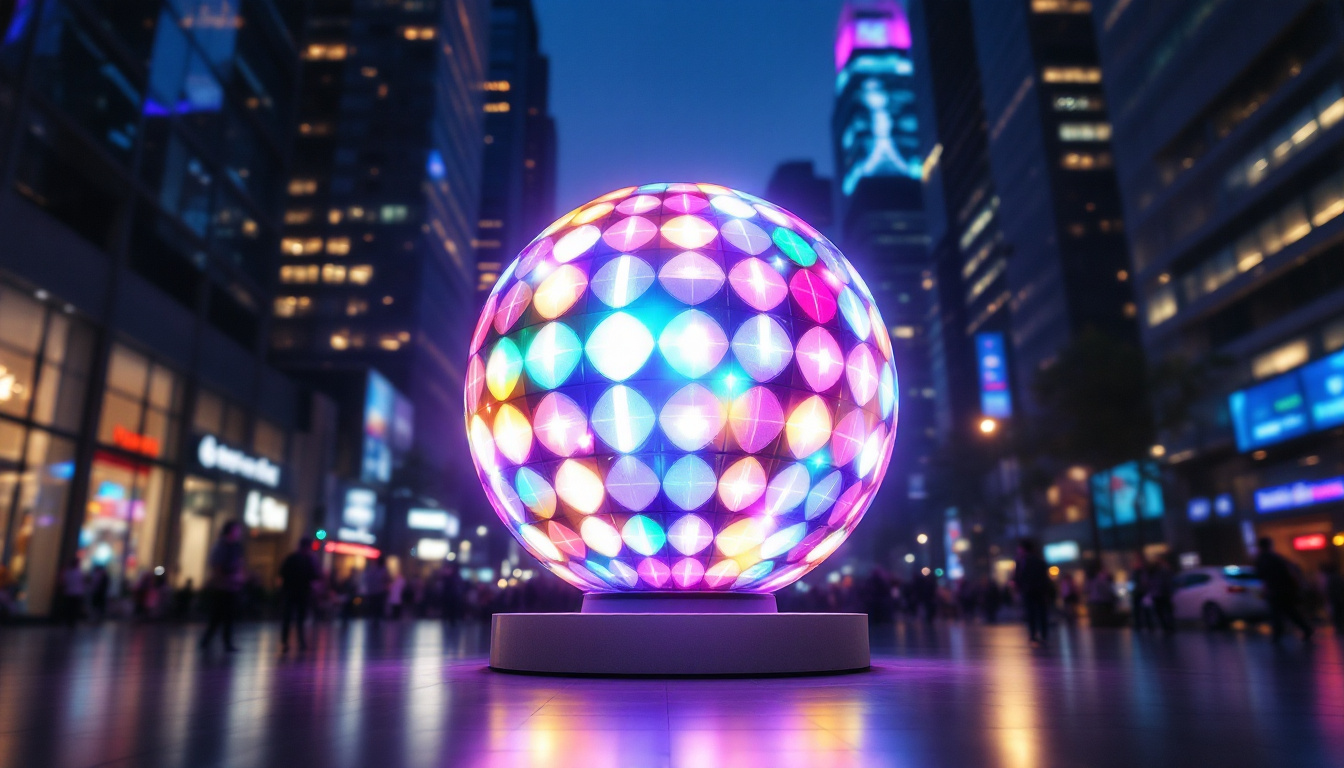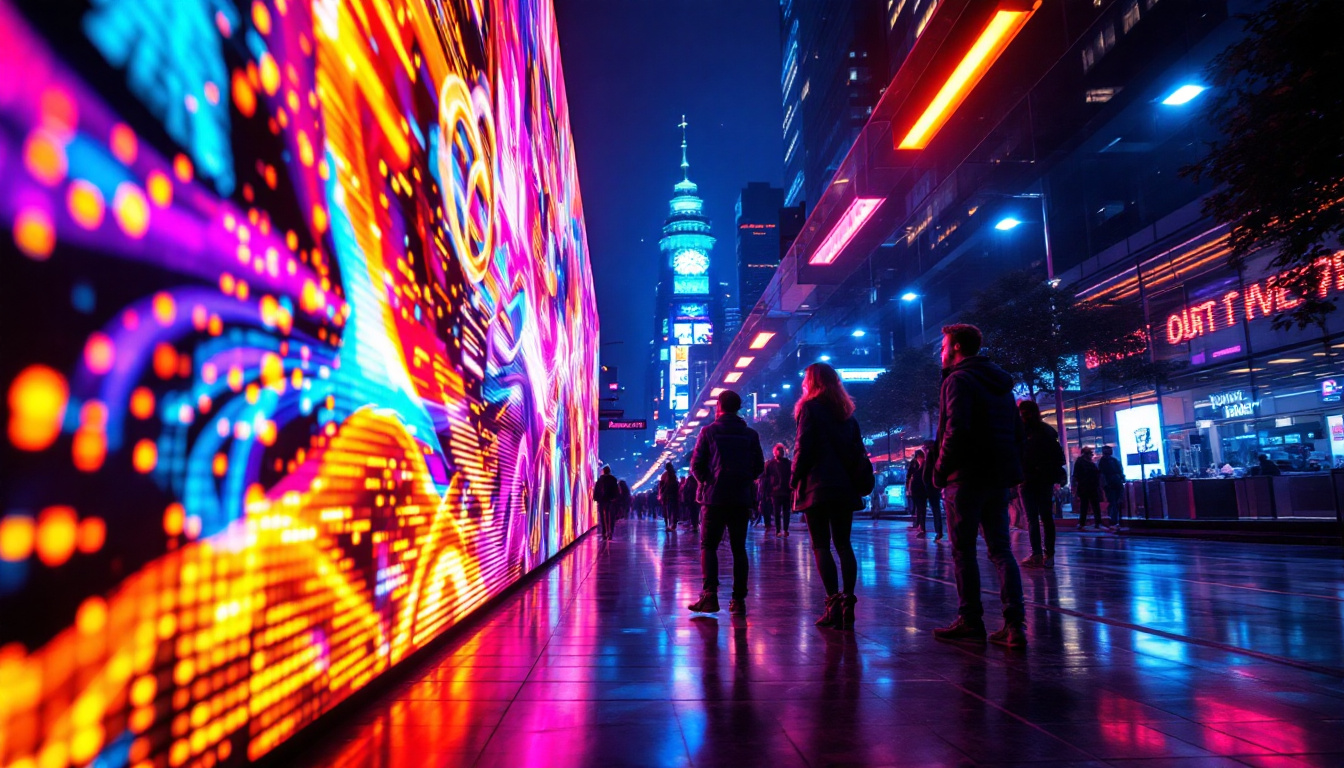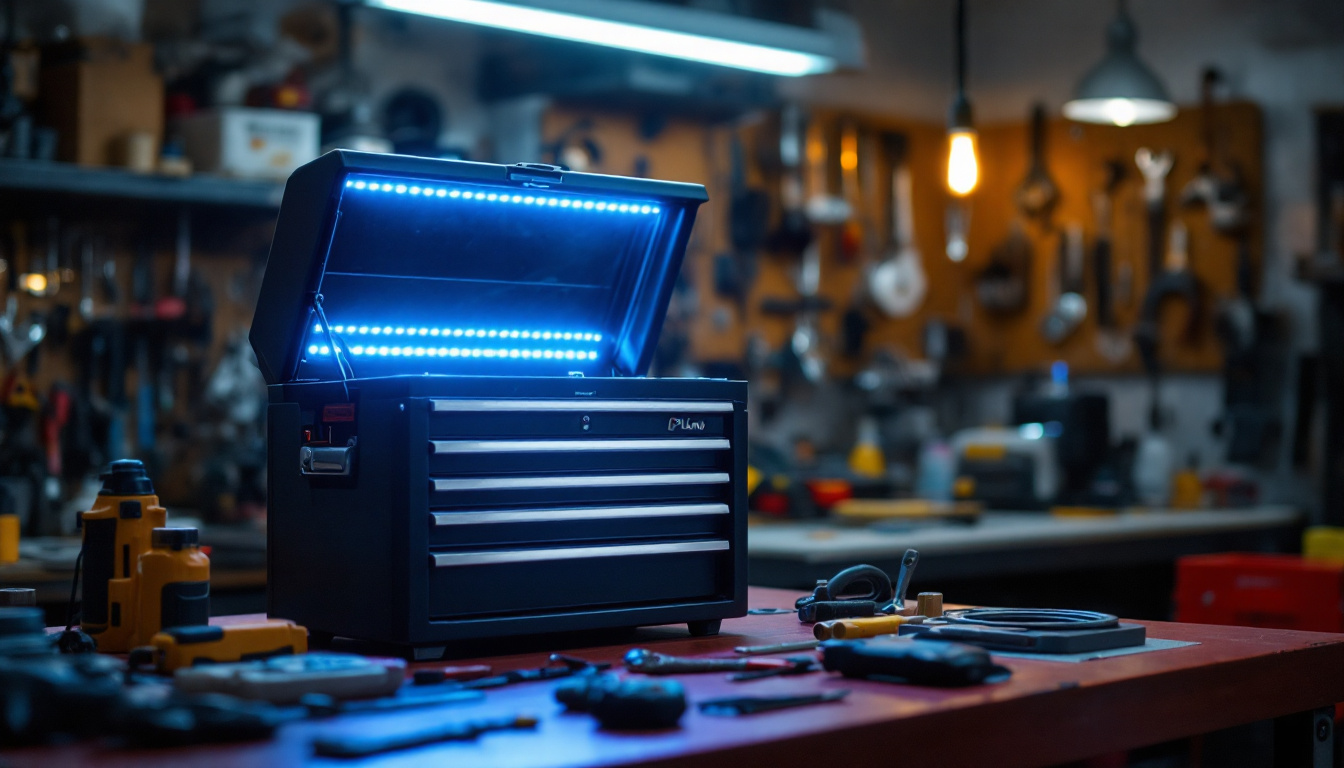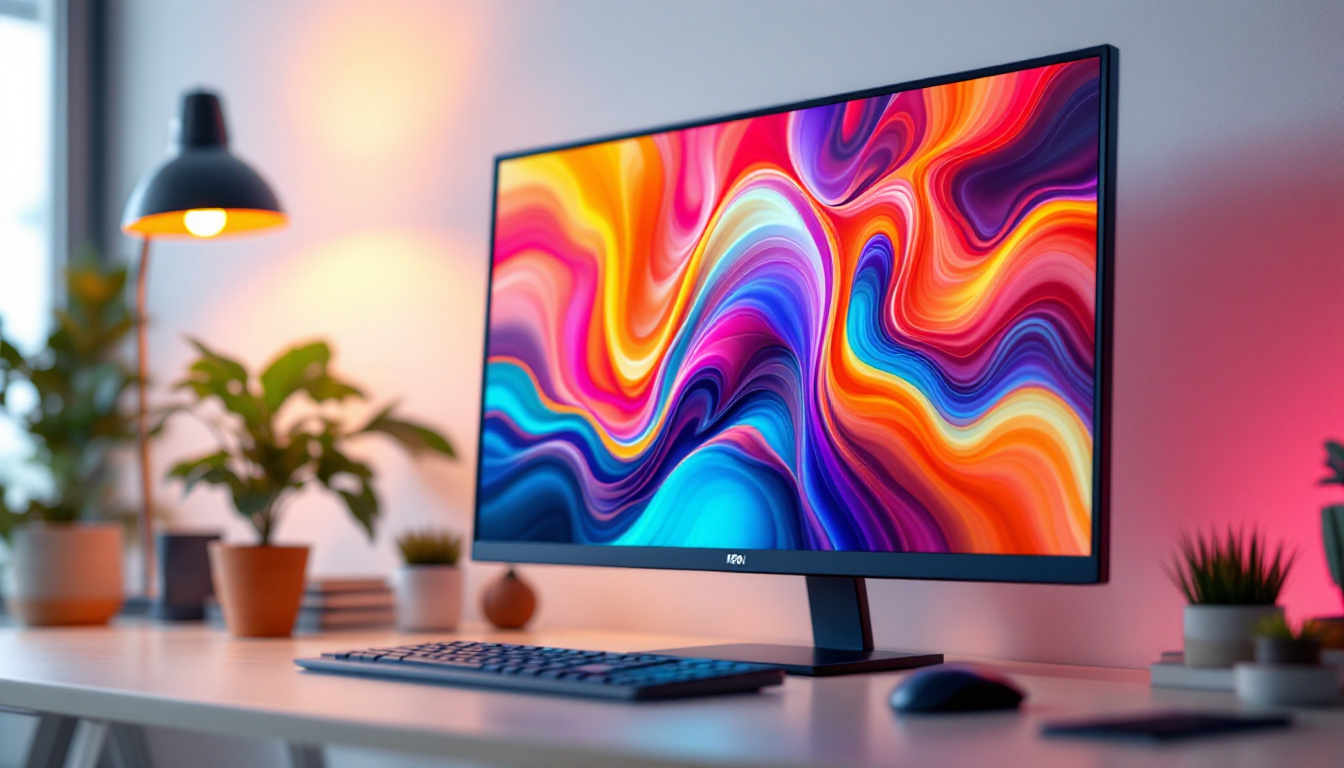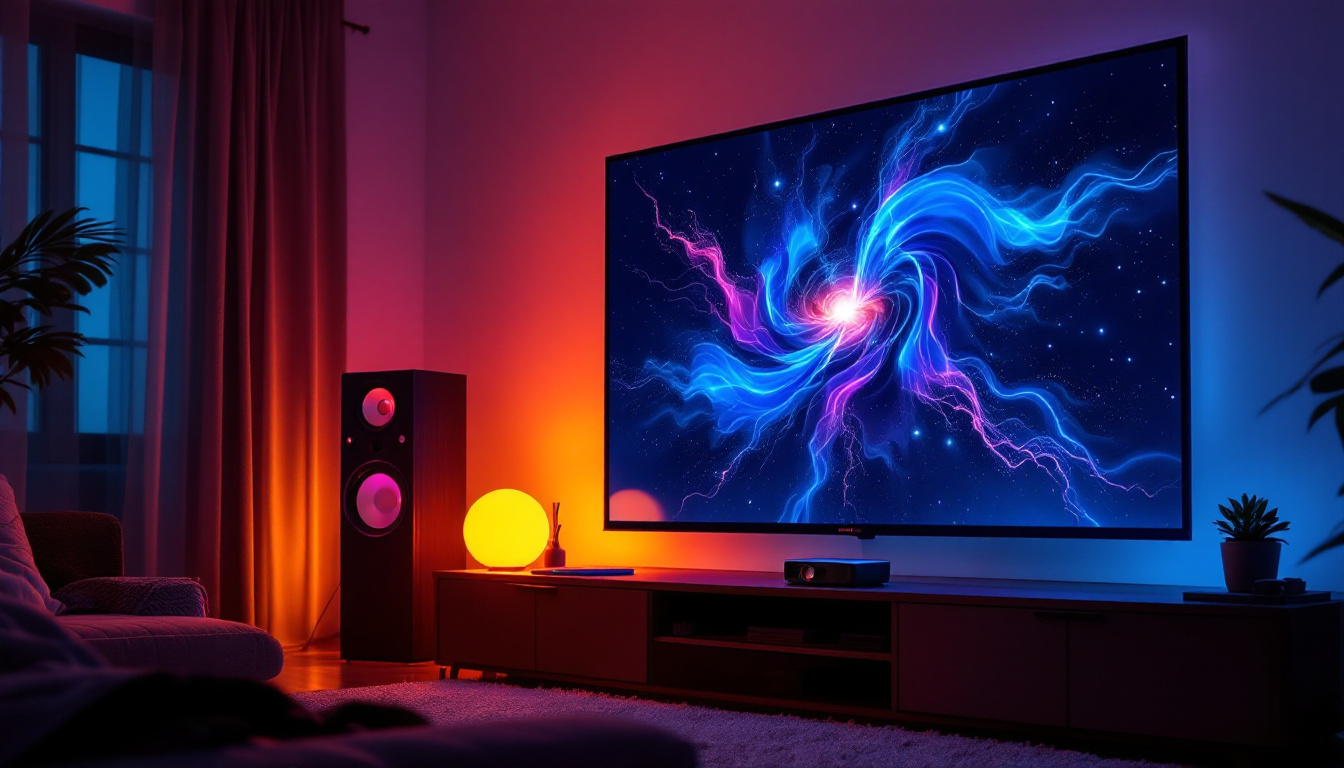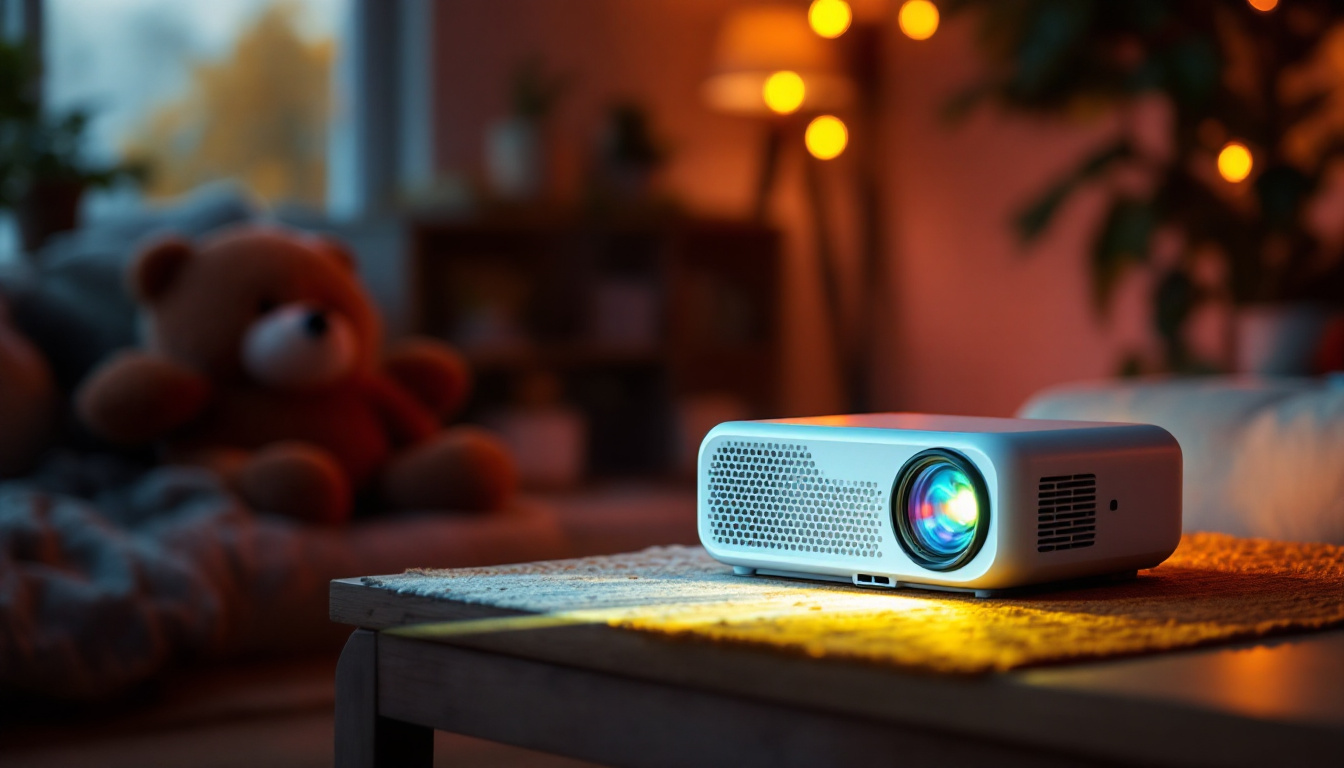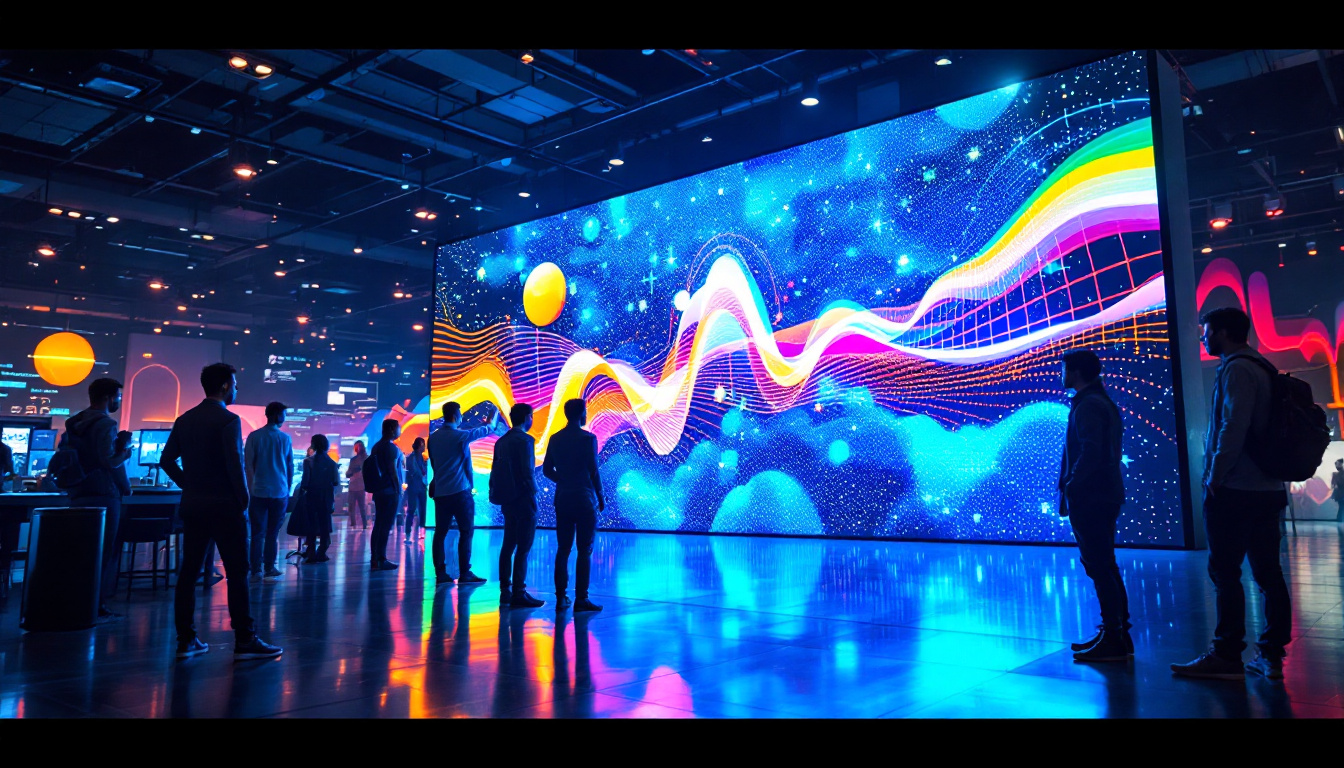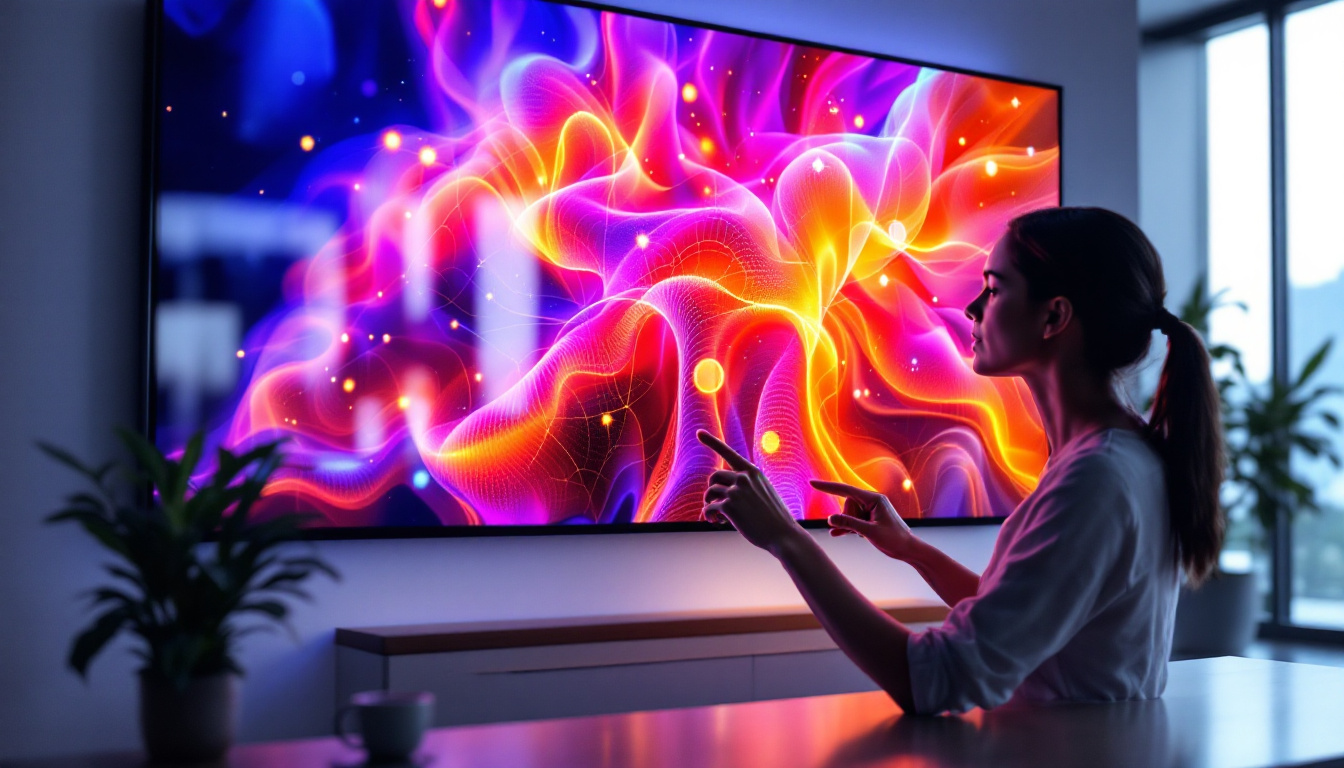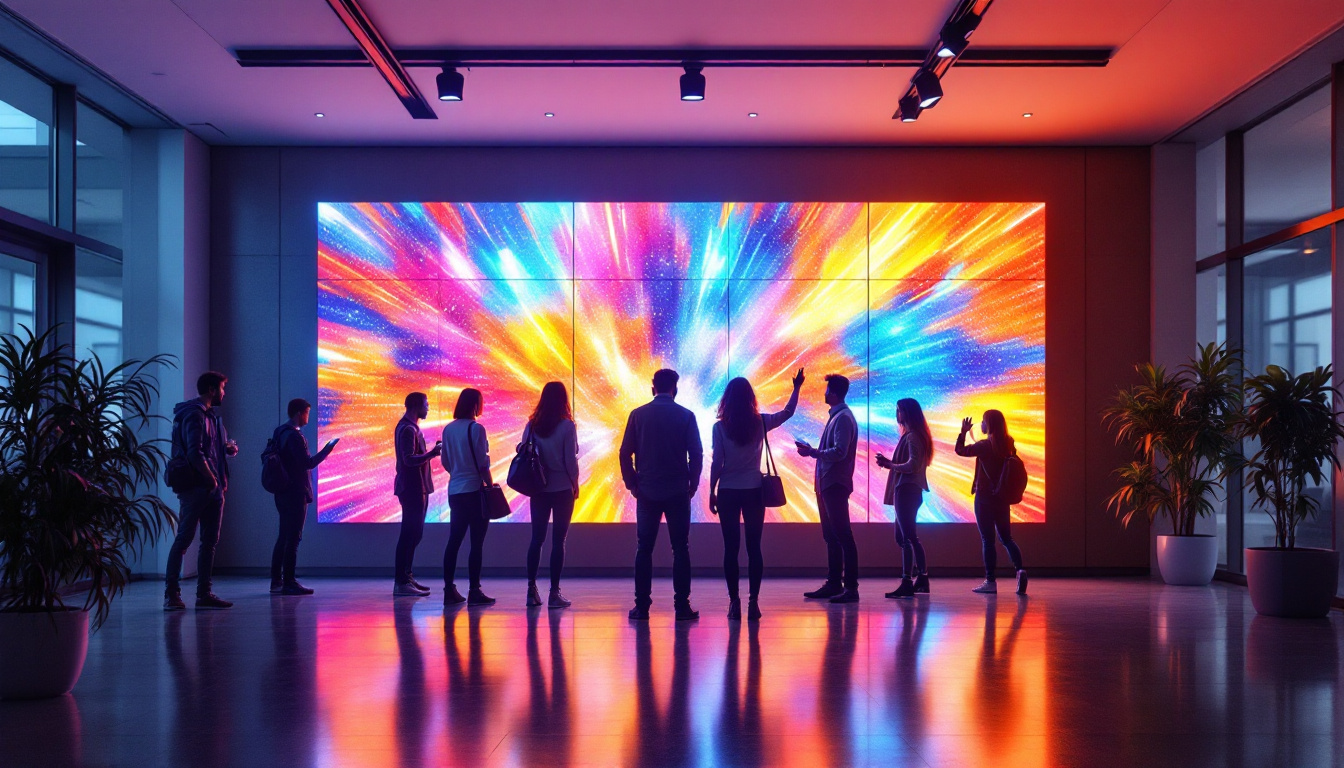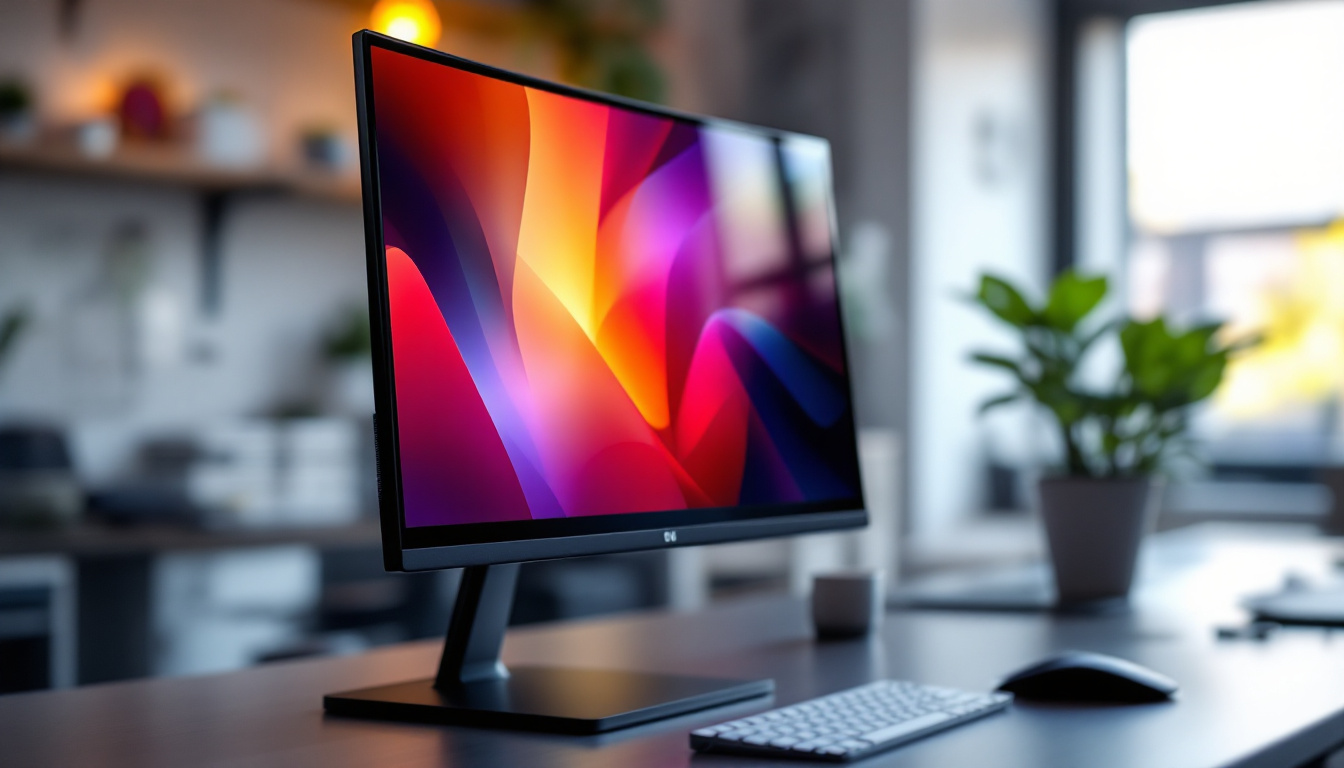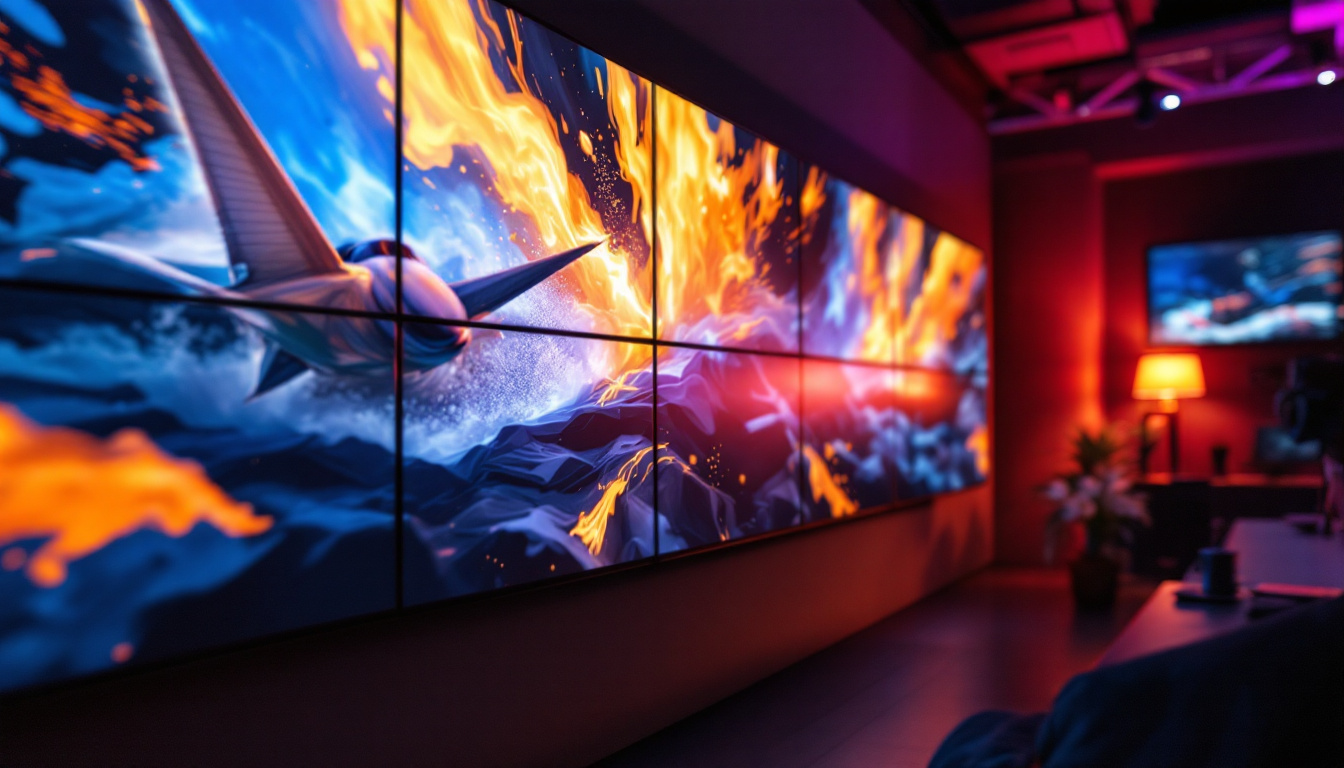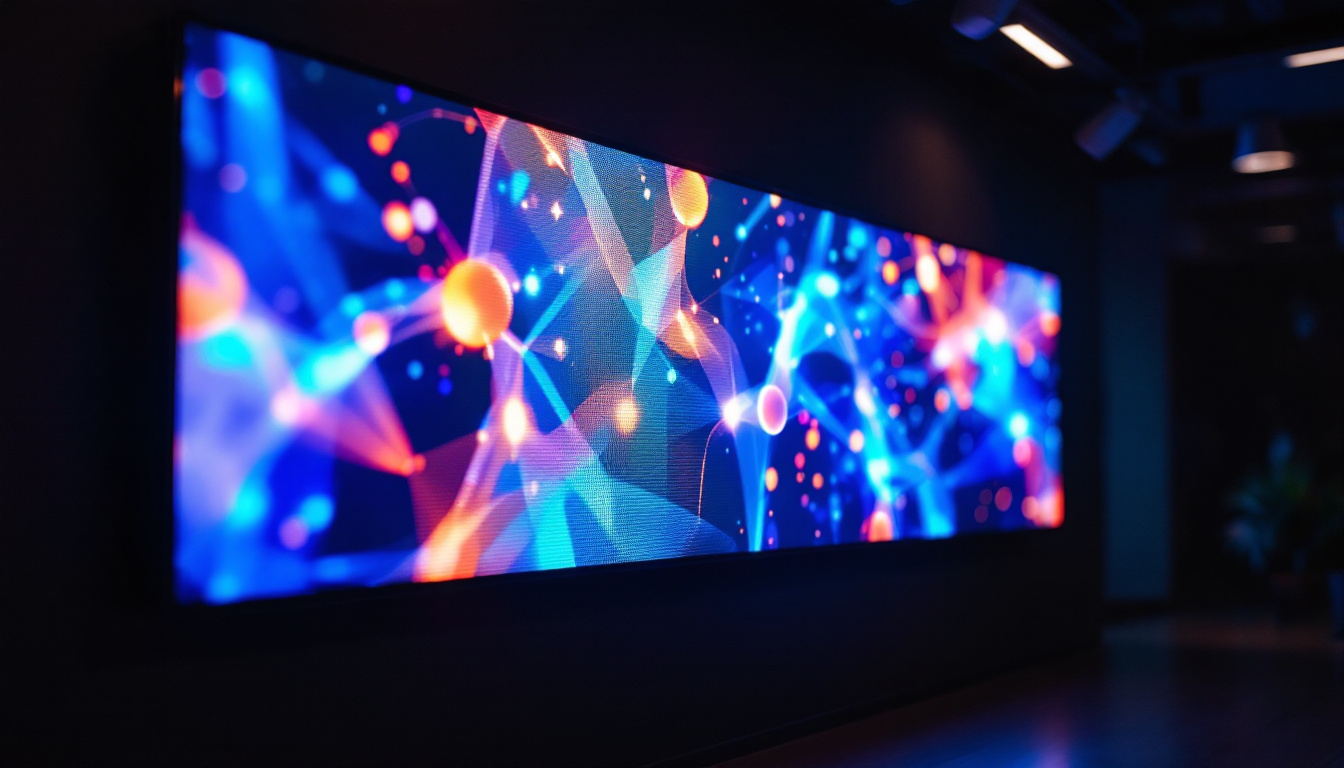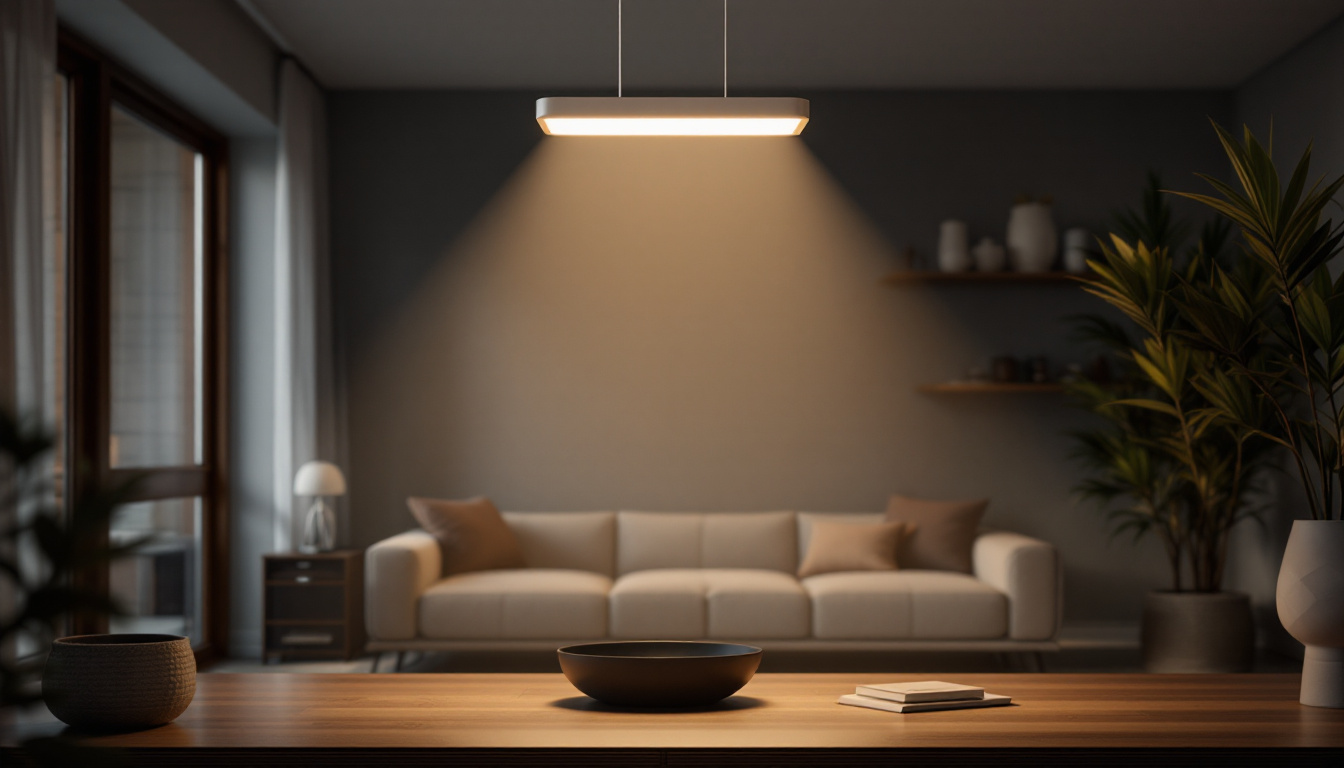As the sun rises and daylight fills the skies, the idea of enjoying a movie or a presentation outdoors becomes increasingly appealing. However, the challenge lies in ensuring that the visuals remain vibrant and clear despite the bright sunlight. This is where outdoor projectors equipped with LED displays come into play. In this article, we will delve into the intricacies of outdoor projectors, particularly focusing on LED technology and how it enhances the viewing experience during the day.
Understanding Outdoor Projectors
Outdoor projectors are designed to project images and videos onto a large screen or surface in open-air environments. These devices have become increasingly popular for backyard movie nights, outdoor events, and presentations. However, not all projectors are created equal, especially when it comes to performance in daylight conditions. The growing trend of outdoor entertainment has led to a surge in innovative projector technology, making it easier than ever to enjoy cinematic experiences under the stars or during the day.
Key Features of Outdoor Projectors
When selecting an outdoor projector, several key features should be considered to ensure optimal performance. Brightness, resolution, and portability are among the most crucial aspects to evaluate. Additionally, connectivity options and built-in speakers can significantly enhance the overall experience, allowing users to easily link their devices and enjoy high-quality audio without the need for external equipment.
- Brightness: Measured in lumens, brightness is critical for daytime viewing. A higher lumen count means the projector can produce a clearer image in bright environments. For instance, projectors with 3000 lumens or more are often recommended for outdoor use, as they can combat ambient light effectively.
- Resolution: The clarity of the image is determined by the projector’s resolution. Common resolutions include 720p, 1080p, and 4K, with higher resolutions offering sharper images. A 4K projector, while more expensive, can provide an incredibly immersive viewing experience, especially for larger screens.
- Portability: Many outdoor projectors are designed to be lightweight and easy to transport, making them ideal for outdoor gatherings. Some models even come with built-in batteries, allowing for true wireless operation, which is perfect for picnics or camping trips.
Types of Outdoor Projectors
Outdoor projectors can be broadly categorized into three types: DLP, LCD, and LED projectors. Each type has its own advantages and disadvantages, particularly when it comes to outdoor use. Understanding these differences can help consumers make informed decisions based on their specific needs and viewing conditions.
- DLP (Digital Light Processing): Known for their high brightness and excellent color accuracy, DLP projectors are a popular choice for outdoor settings. They utilize a spinning color wheel and micro-mirrors to create vibrant images, making them ideal for watching movies or sports under various lighting conditions.
- LCD (Liquid Crystal Display): LCD projectors typically offer better color saturation but may struggle with brightness in direct sunlight. They work by passing light through liquid crystals, which can result in stunning visuals, particularly for presentations where color fidelity is essential.
- LED (Light Emitting Diode): LED projectors are known for their energy efficiency and longevity, making them a great option for extended outdoor use. They also tend to have lower heat output and can be more environmentally friendly, which is a significant consideration for eco-conscious consumers.
The Rise of LED Technology
LED technology has revolutionized the world of projectors, particularly for outdoor applications. The advantages of LED projectors make them a strong contender for daytime viewing, especially in challenging lighting conditions.
Benefits of LED Projectors
LED projectors offer several benefits that enhance the outdoor viewing experience. Here are some of the most notable advantages:
- High Brightness: LED projectors typically produce higher brightness levels, making them suitable for daytime use. They can deliver vivid images even when the sun is shining.
- long lifespan: LED lights have a longer lifespan compared to traditional bulbs, reducing the need for frequent replacements and maintenance.
- Energy Efficiency: LED projectors consume less power, making them more environmentally friendly and cost-effective in the long run.
How LED Technology Works
LED projectors utilize light-emitting diodes to create images. Unlike traditional projectors that rely on lamps, LED projectors use a combination of red, green, and blue LEDs to produce a full spectrum of colors. This method not only enhances brightness but also improves color accuracy and contrast.
The compact size of LED components allows for more portable designs, making it easier to set up and transport projectors for outdoor use. Additionally, the instant-on feature of LED projectors eliminates the warm-up time associated with traditional lamps, allowing users to start their movie nights or presentations without delay.
Choosing the Right Outdoor LED Projector
Selecting the right outdoor LED projector involves considering several factors that align with your specific needs and preferences. From brightness to connectivity options, each aspect plays a crucial role in ensuring an enjoyable viewing experience.
Brightness Levels
As previously mentioned, brightness is a critical factor for outdoor projectors. For daytime use, it is recommended to choose a projector with at least 2,500 lumens. Higher brightness levels, such as 3,000 lumens or more, are ideal for environments with direct sunlight.
When evaluating brightness, consider the ambient lighting conditions of your outdoor space. If the area is shaded or has limited sunlight, a projector with lower lumens may suffice. However, for open spaces with bright sunlight, a high-lumen projector is essential.
Resolution and Image Quality
The resolution of the projector significantly impacts the quality of the images displayed. For outdoor movie nights, a minimum resolution of 1080p is recommended to ensure clear and sharp visuals. If budget allows, opting for a 4K projector will provide an even more immersive experience with stunning detail.
Additionally, consider the contrast ratio, which affects the depth of colors and the visibility of details in dark scenes. A higher contrast ratio will enhance the overall viewing experience, particularly in varying lighting conditions.
Connectivity Options
Modern outdoor projectors come equipped with various connectivity options to accommodate different devices. HDMI ports, USB inputs, and wireless connectivity are essential features to look for. These options allow users to connect laptops, smartphones, and streaming devices seamlessly.
Moreover, built-in speakers can enhance the audio experience, though external speakers may be necessary for larger gatherings or outdoor events. Ensure that the projector has the necessary audio outputs to connect to external sound systems for optimal sound quality.
Setting Up Your Outdoor Projector
Once the right outdoor LED projector has been selected, the next step is setting it up for an optimal viewing experience. Proper setup is crucial to ensure that the projector performs at its best and delivers high-quality images.
Choosing the Right Location
Location plays a vital role in the performance of an outdoor projector. Ideally, the projector should be placed in a shaded area to minimize the impact of direct sunlight. If shade is not available, consider using a projector screen that enhances visibility in bright conditions.
Additionally, positioning the projector at an appropriate distance from the screen is essential. The throw distance will vary depending on the projector model, so refer to the manufacturer’s guidelines to determine the optimal placement.
Screen Selection
The choice of screen can significantly impact the quality of the projected image. A high-gain screen is recommended for outdoor use, as it reflects more light and enhances brightness. Additionally, screens with a matte finish can help reduce glare from sunlight, improving visibility.
Portable screens are available for easy setup and takedown, making them ideal for outdoor events. Ensure that the screen is securely anchored to prevent movement from wind or other outdoor elements.
Adjusting Settings for Daytime Viewing
After setting up the projector and screen, adjusting the settings for daytime viewing is crucial. Most projectors come with preset modes for different lighting conditions. Selecting the “bright” or “daylight” mode will optimize brightness and contrast for outdoor use.
Additionally, consider adjusting the color settings to enhance visibility in bright conditions. Fine-tuning these settings can make a significant difference in image quality, ensuring a more enjoyable viewing experience.
Maintaining Your Outdoor Projector
Proper maintenance of an outdoor projector is essential to ensure its longevity and optimal performance. Regular care can prevent issues that may arise from outdoor use, such as dust accumulation and exposure to the elements.
Cleaning and Care
Dust and debris can accumulate on the lens and vents of the projector, affecting image quality and performance. Regularly clean the lens with a soft, lint-free cloth to prevent scratches and maintain clarity. Additionally, ensure that the vents are free from obstructions to allow for proper airflow and cooling.
For outdoor use, consider using a protective cover when the projector is not in use. This will shield it from dust, moisture, and other environmental factors that could cause damage.
Storage Considerations
When not in use, store the projector in a cool, dry place to prevent overheating and moisture damage. If the projector is designed for outdoor use, ensure that it is rated for such conditions, as some models may not be suitable for prolonged exposure to the elements.
Regularly check for software updates from the manufacturer, as these updates can enhance performance and fix any potential issues. Keeping the firmware up to date ensures that the projector operates efficiently and effectively.
Conclusion
Outdoor projectors equipped with LED technology offer a fantastic solution for enjoying movies and presentations during the day. With their high brightness levels, energy efficiency, and long lifespan, LED projectors are well-suited for outdoor environments.
By understanding the key features, benefits, and maintenance requirements of outdoor projectors, users can make informed decisions that enhance their outdoor viewing experiences. Whether it’s a cozy movie night under the stars or a lively outdoor event, the right outdoor LED projector can transform any gathering into a memorable occasion.
As technology continues to evolve, outdoor projectors will only become more advanced, offering even better performance and versatility for daytime use. Embrace the possibilities and enjoy the great outdoors with captivating visuals that bring stories to life.
Discover LumenMatrix LED Display Solutions
Ready to elevate your outdoor events with the power of LED technology? Look no further than LumenMatrix, a pioneer in LED display innovation. Our extensive range of products, from vibrant Outdoor LED Wall Displays to dynamic LED Sports Displays, is designed to bring your vision to life with unparalleled brightness and clarity. Experience the future of visual storytelling with our cutting-edge solutions that promise to captivate your audience, day or night. Don’t miss out on the opportunity to transform your outdoor spaces. Check out LumenMatrix LED Display Solutions today and step into a world where every pixel tells a story.

